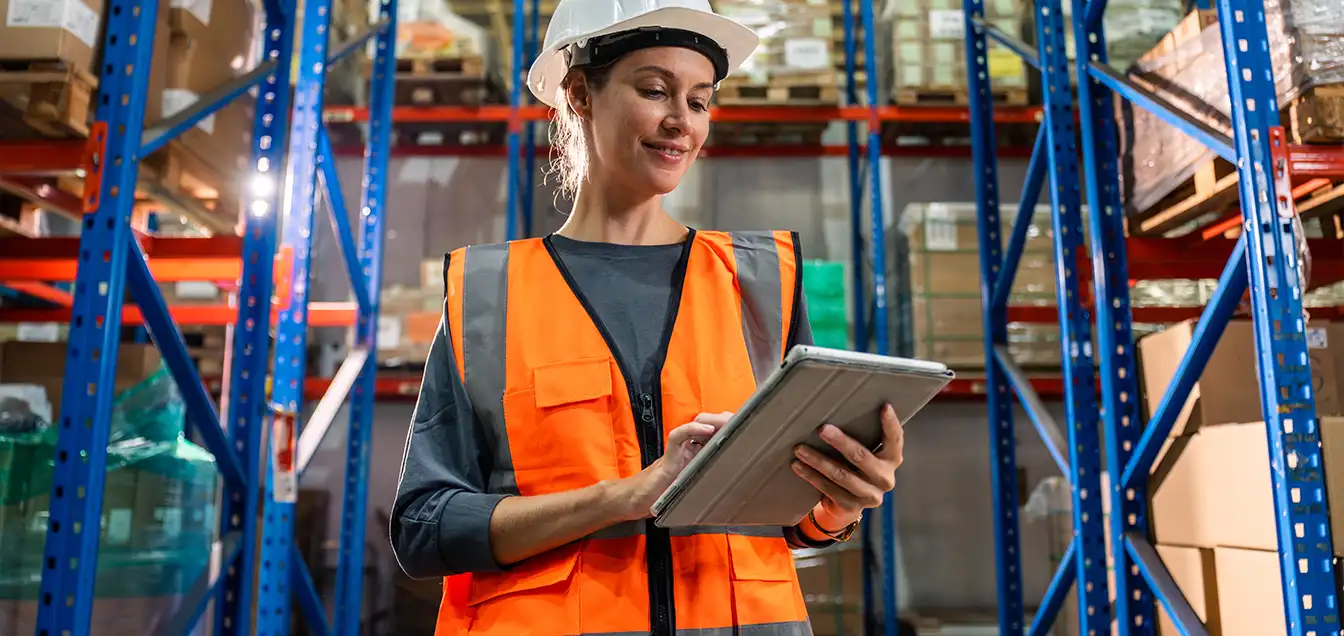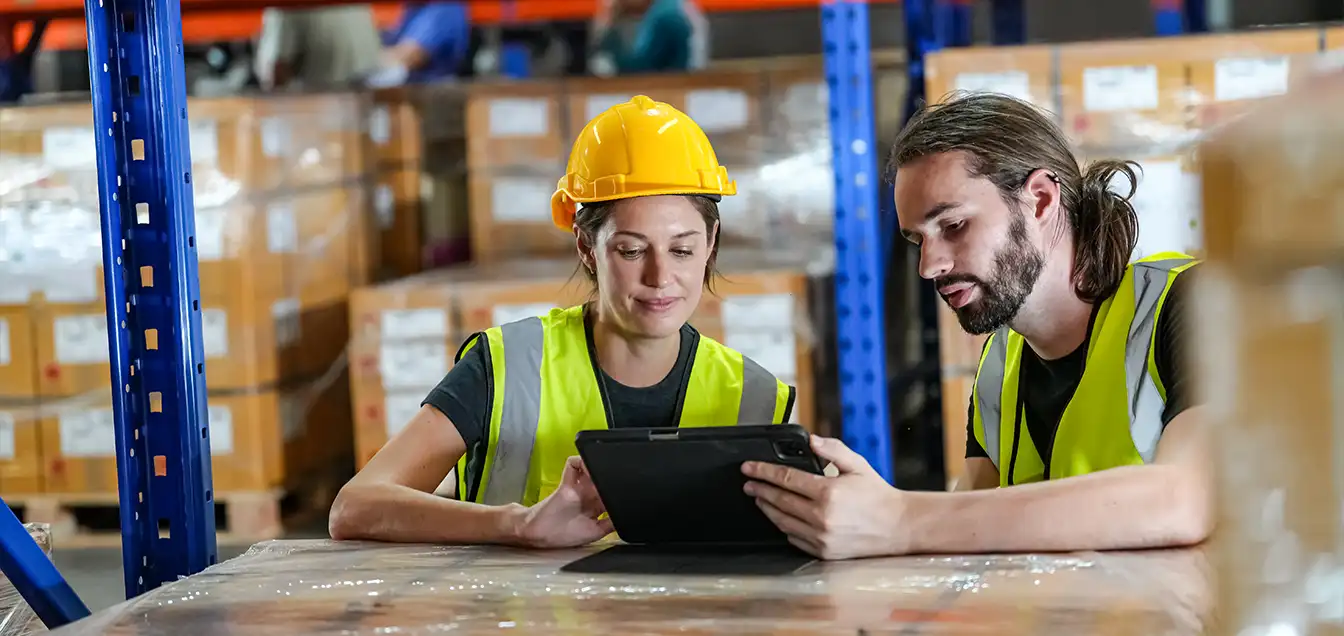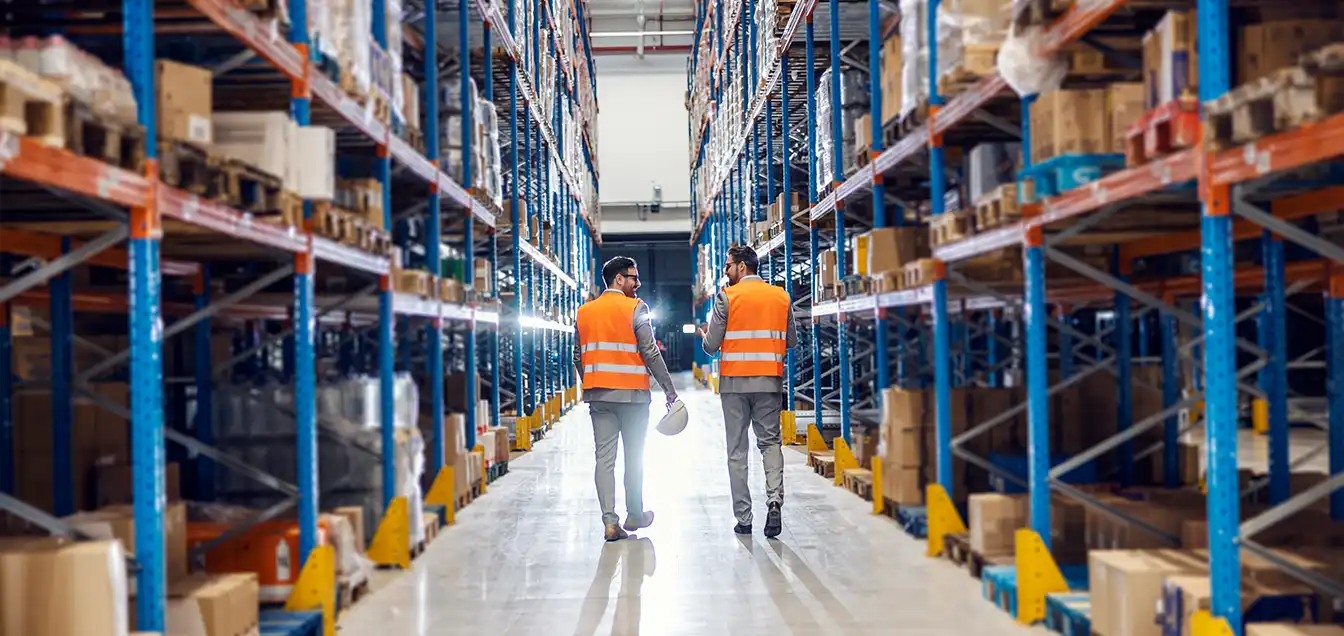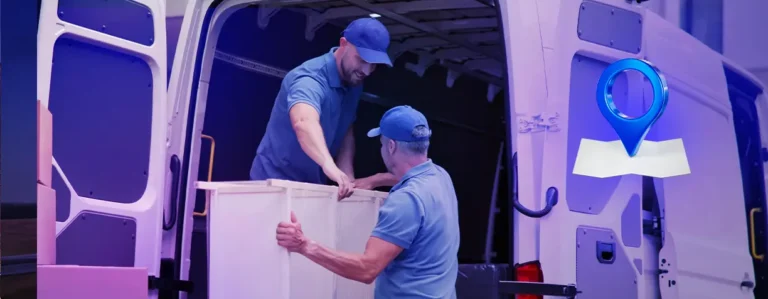In today’s rapidly evolving retail landscape, omnichannel fulfillment technology has become a game-changer for businesses striving to meet the demands of their customers. With the rise of online shopping and mobile commerce, retailers are compelled to adopt integrated solutions that offer seamless experiences across various channels. This blog will explore the significance of omnichannel fulfillment technology, its components, and how businesses can harness its power to enhance their operations effectively.
Table of Contents
Importance of Omnichannel Fulfillment
Omnichannel fulfillment plays a crucial role in delivering a consistent customer experience while maximizing efficiency in order processing and distribution. As consumers increasingly switch between devices and channels to research and purchase products, effective omnichannel fulfillment technology ensures timely deliveries and accurate inventory management. Notably, 73% of consumers expect a consistent experience across all channels, underlining the importance of a robust omnichannel strategy.
Benefits of Omnichannel Fulfillment
Investing in omnichannel fulfillment technology delivers impressive benefits:
- Increased Customer Satisfaction: Speedy deliveries and accurate order fulfillment enhance customer experiences and build brand loyalty.
- Improved Inventory Management: Real-time data analytics help businesses optimize stock levels and reduce waste.
- Cost Efficiency: Streamlined processes reduce operational costs in fulfilling orders and minimize the chances of overstocking.
- Expanded Market Reach: Businesses can cater to diverse customer preferences through multiple channels, driving growth and profitability.
According to a study by McKinsey, companies that have effectively implemented omnichannel strategies see revenue increases of up to 20%.
Integrated Omnichannel Fulfillment Solutions

Integrated omnichannel fulfillment solutions unify disparate processes into a cohesive system. With these systems, companies can manage inventory, orders, and customer data seamlessly. By utilizing omnichannel fulfillment technology, businesses can gain valuable insights from various sales channels, helping them to make data-driven decisions and quickly adapt to consumer trends.
An integrated approach allows retailers to understand consumer behavior across different touchpoints. By analyzing data on customer purchases, preferences, and feedback, businesses can create personalized marketing strategies that resonate more with their audience.
Omnichannel Fulfillment Systems: The Backbone of Success
Omnichannel fulfillment systems allow organizations to synchronize their sales and logistics strategies. By connecting online and offline inventory systems, these solutions provide real-time updates, enabling retailers to fulfill orders more efficiently.
Moreover, retailers can utilize advanced algorithms to determine the best fulfillment method based on factors such as location, shipping costs, and inventory levels. This approach enhances accuracy in order processing, mitigates delays, and ultimately drives overall sales growth.
Case Study: Walmart’s Omnichannel Fulfillment Success
Walmart has successfully implemented advanced omnichannel fulfillment technology, utilizing its vast distribution network to support rapid order fulfillment. By integrating online and in-store inventory, Walmart has enhanced its ability to deliver products directly to customers swiftly.
For instance, recent reports indicated that Walmart achieved about 30% of its online sales through store fulfillment. This is an outstanding achievement driven by omnichannel fulfillment technology that supports both customer satisfaction and operational efficiency.
| Metrics | Before Implementation | After Implementation |
| Online Sales Percentage | 15% | 30% |
| Delivery Time (Days) | 5 | 2 |
| Order Accuracy (%) | 75% | 90% |
| Customer Satisfaction Score | 80/100 | 90/100 |
Omnichannel Fulfillment Platforms: The Key to Agility
Omnichannel fulfillment platforms integrate various sales channels, enabling companies to respond quickly to market demands. These platforms often include features such as order management, inventory tracking, and shipping solutions.
The integration of machine learning and artificial intelligence in these platforms allows retailers to analyze data patterns, leading to more effective demand forecasting and resource allocation. By leveraging these platforms, businesses can achieve more fluid operations, reducing the likelihood of stockouts and excess inventory.
In a recent survey, 68% of retailers reported that a unified fulfillment platform helped their operations significantly, resulting in better inventory visibility and streamlined logistics.
Challenges in Omnichannel Fulfillment

Despite the numerous benefits, businesses often face significant challenges in executing effective omnichannel fulfillment technology. Some of the most common hurdles include:
- Complex Infrastructure: Managing multiple sales channels can complicate logistics and require sophisticated IT systems.
- Data Management: Integrating data from various sources demands robust systems that can handle large volumes of information.
- Cost Constraints: Setting up a complete suite of integrated fulfillment solutions can necessitate considerable upfront investment.
- Scalability: As businesses grow, maintaining efficiency across channels can be challenging without proper strategies.
Understanding these challenges allows businesses to proactively devise strategies to mitigate them. Investing in the right technology and staff training can significantly improve operational outcomes.
Omnichannel Fulfillment Examples
Companies like Amazon, Target, and Macy’s have all successfully implemented omnichannel fulfillment technology to streamline their operations. For example, Amazon’s Prime delivery service offers same-day delivery on select products, showcasing how advanced fulfillment technology can enhance consumer trust and drive sales.
Similarly, Target utilizes its store locations as fulfillment centers, allowing customers to order online and pick up their purchases. This effectively merges online convenience with in-store experiences, significantly improving customer satisfaction.
Operational Examples
Here are a few successful omnichannel fulfillment examples:
- Zara: Utilizes its store inventory for online orders, allowing rapid fulfillment and reducing excess inventory.
- Best Buy: Offers a robust “Buy Online, Pick Up in Store” model, ensuring quicker access to products.
- Kroger: Leverages in-store technology to streamline online grocery orders, boosting productivity and increasing sales.
The Rise of 3PL Logistics in Canada

With the growing eCommerce sector in Canada, 3PL logistics in Canada presents a viable solution for businesses looking to enhance their omnichannel fulfillment strategies. Companies like DelGate and ShipBob provide tailored fulfillment services in Canada, catering to varied client needs and providing reliable logistics that integrates well with omnichannel fulfillment platforms.
3PL providers can offer specialized services to manage warehouse needs, shipping logistics, and customer orders, thereby freeing up companies to focus on their core competencies while scaling as needed.
Section 321 Fulfillment
Another notable trend is the adoption of Section 321 fulfillment. This allows for expedited shipments with fewer customs restrictions, reducing lead times for international shipments and enhancing the overall efficiency of omnichannel fulfillment technology.
By leveraging Section 321 fulfillment, businesses can simplify their import processes, offering faster delivery times and thus enhancing their overall customer satisfaction.
Ultimate Guide to Fulfillment Services in Canada
A comprehensive understanding of the ultimate guide to fulfillment services in Canada showcases the diverse options businesses can leverage for their fulfillment needs, from 3PL fulfillment solutions to advanced omnichannel fulfillment technology. This guide assists businesses in navigating the complexities of fulfillment logistics and finding suitable solutions tailored to their operational needs.
Conclusion
In conclusion, omnichannel fulfillment technology is transforming the retail landscape by integrating multiple channels into streamlined systems that enhance efficiency and customer satisfaction. By adopting effective strategies and solutions, businesses can leverage technology to remain competitive in a rapidly changing marketplace. Investing in robust multichannel fulfillment platforms, combined with leveraging integrated solutions, is key to building a responsive supply chain that meets evolving consumer demands.
To learn more about the latest trends and data in fulfillment technology, feel free to check out Supply Chain Dive.





